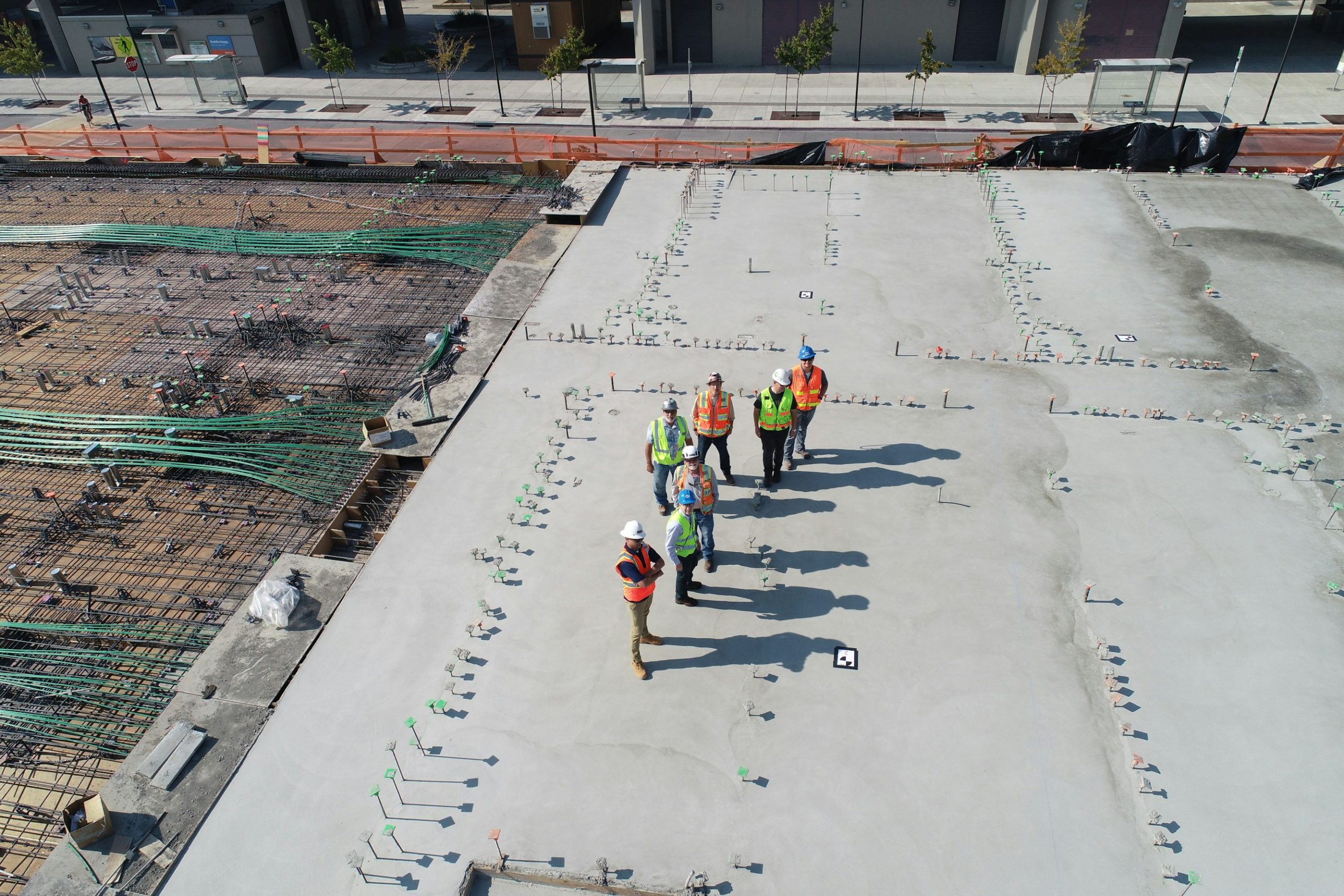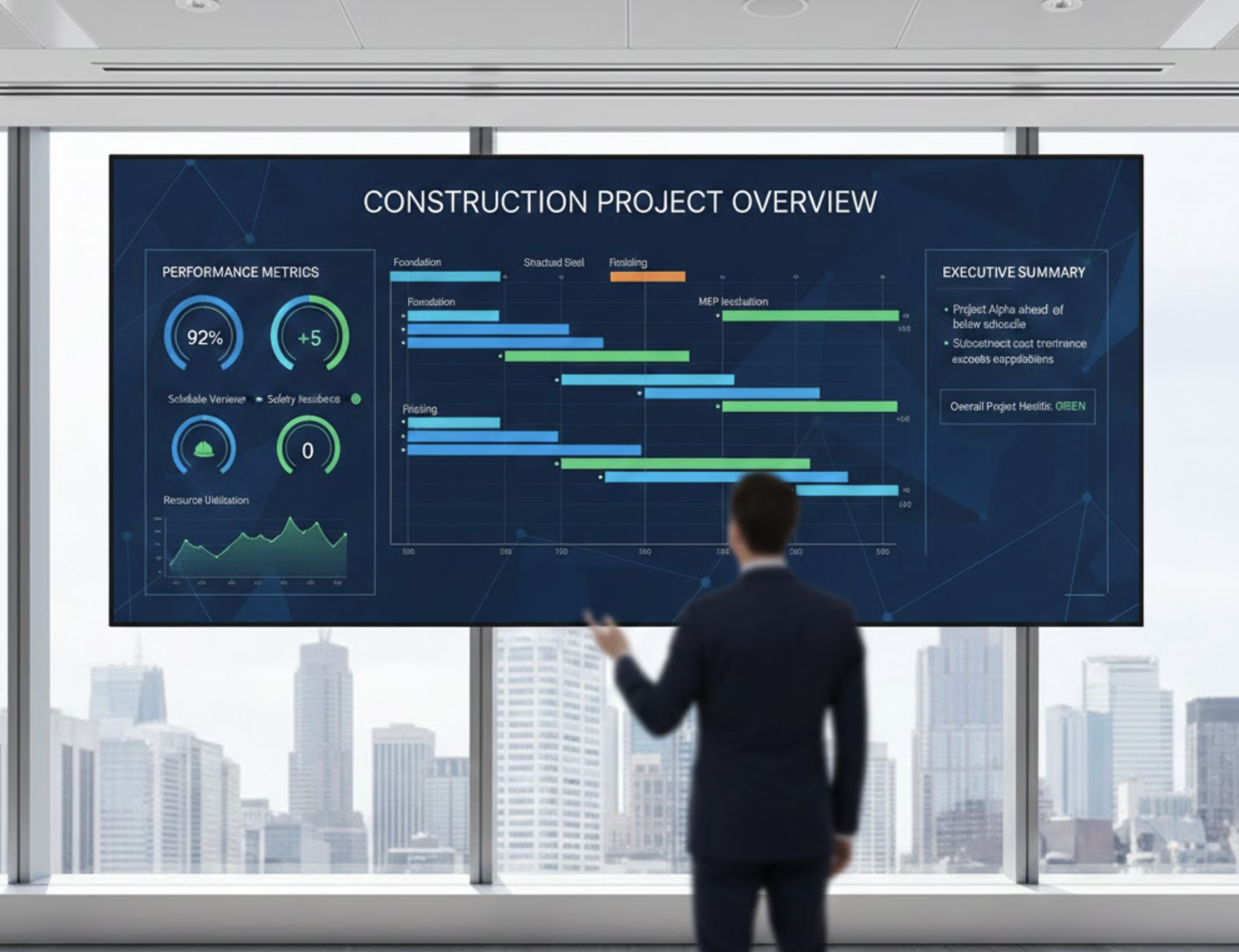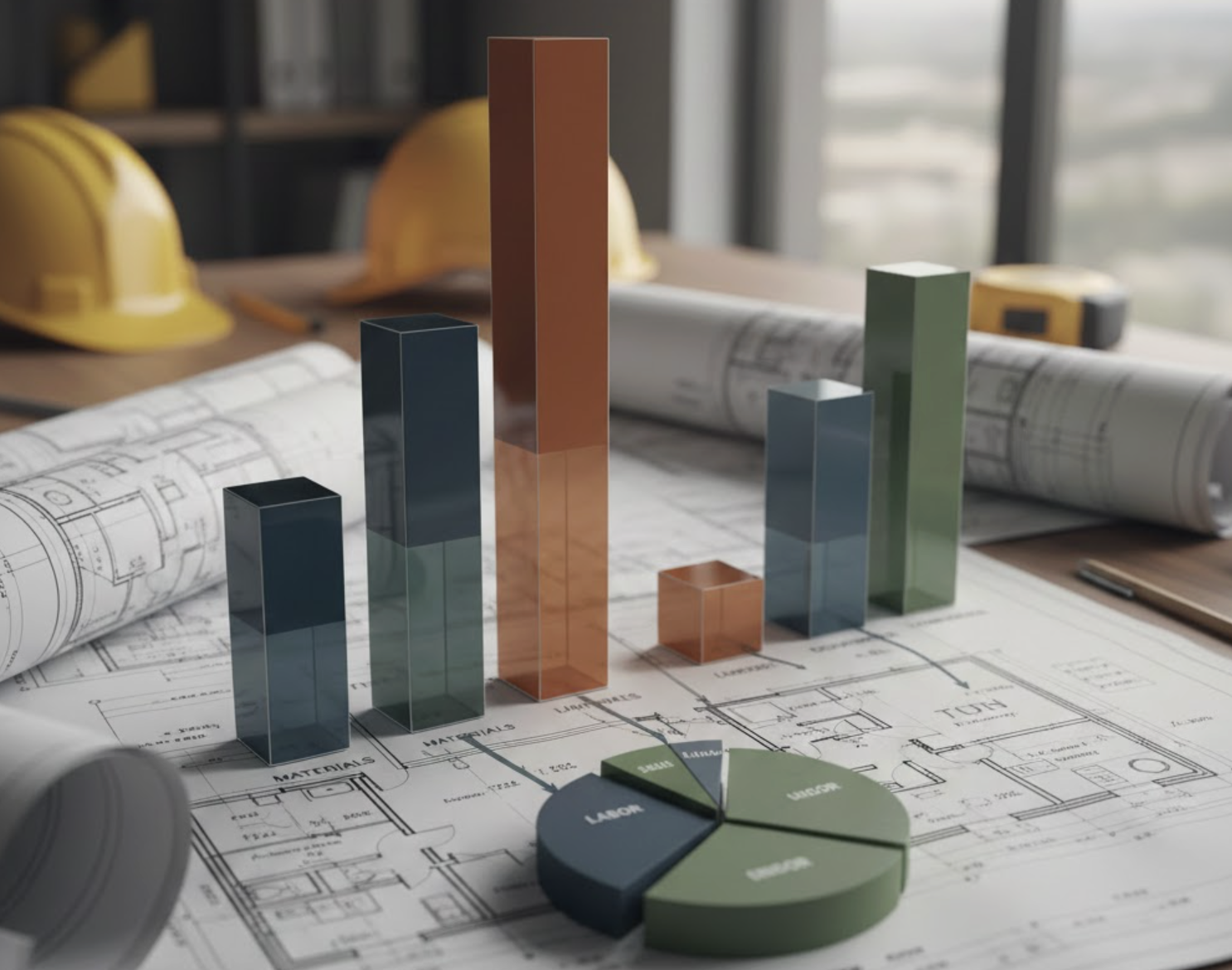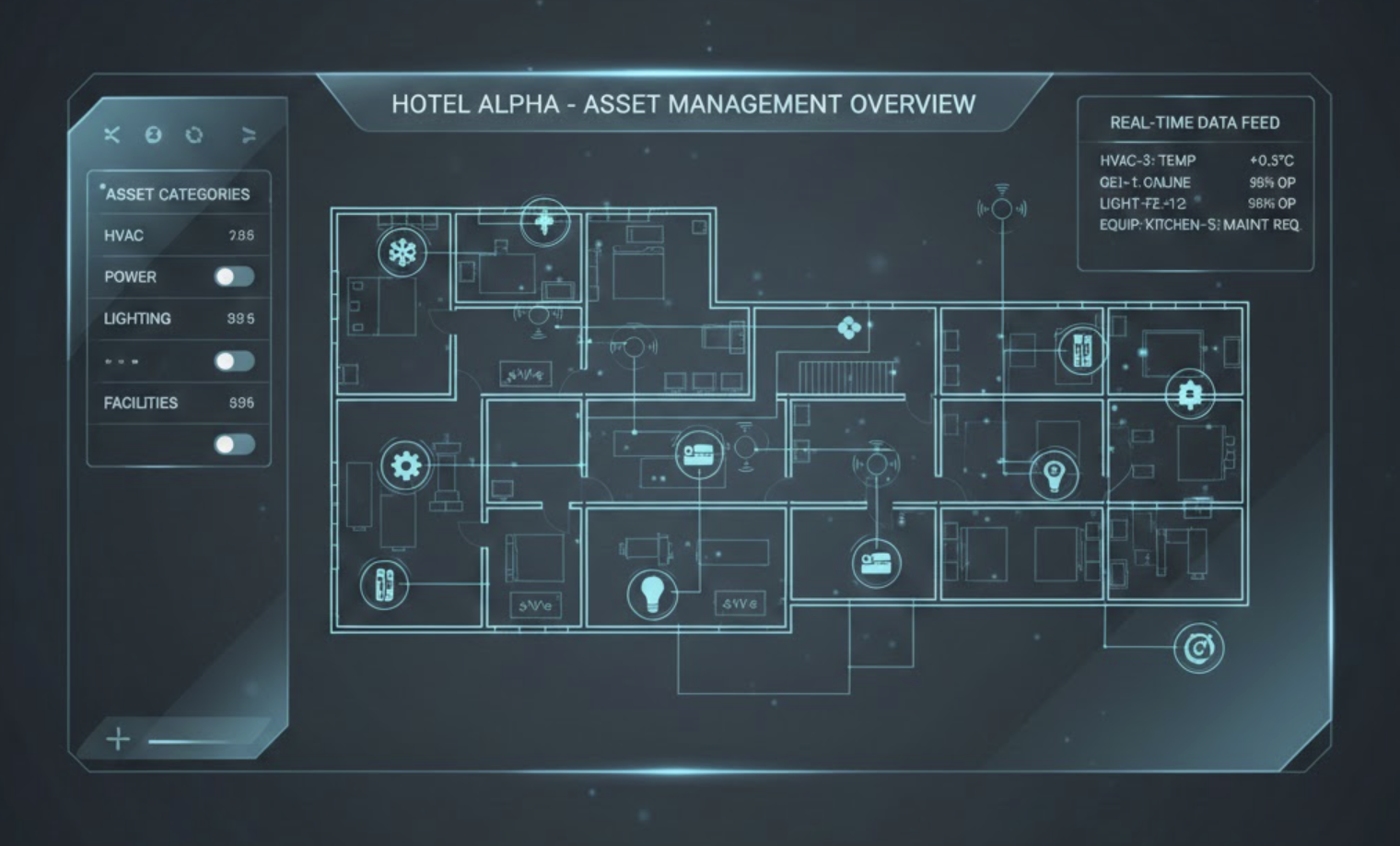Integrating Risk Conversations into Daily Project Updates
Integrating risk conversations into daily project updates is essential for the success and efficiency of construction projects. This approach ensures that teams and stakeholders are aware of and prepared to address potential risks proactively, enhancing the project’s resilience against unexpected events.
Importance of Risk Conversations in Project Management
In the dynamic environment of construction, the uncertainties involved can pose significant challenges. Integrating risk conversations into daily project updates not only enhances awareness but also prepares teams to address risks effectively. The emphasis on proactive risk discussions fosters a culture where identifying and mitigating risks becomes second nature to project stakeholders.
Understanding Risk Identification and Analysis
Risk Identification: Involving team members across all levels in the risk identification process is crucial. Diverse insights from various stakeholders help recognize challenges that might not be readily apparent, resulting in a more comprehensive risk management strategy.
Risk Analysis: Regular discussions on risks ensure continuous awareness and understanding of potential issues. A proactive approach fosters a culture where identifying, analyzing, and communicating about risks is integral to the team’s daily operations. This culture is crucial to minimizing the adverse effects of unforeseen events.
Best Practices for Effective Risk Discussions
Involving the Team: Engage all project stakeholders in the risk identification process to ensure a broad perspective and comprehensive understanding of potential risks. This inclusivity results in more thorough analyses and a shared understanding of how risks may affect project aims.
Regular Risk Meetings: Schedule consistent meetings dedicated to ongoing risks, updating the risk register and reviewing plans for risk response. This keeps risk management at the forefront of team priorities and ensures commitment to proactive risk mitigation strategies.
Documentation and Communication: Maintaining a transparent and well-documented risk register is vital. Clear communication about identified risks and proposed mitigation strategies enhances alignment among all stakeholders. Effective communication tools can streamline these discussions, making them more productive and ensuring that everyone is on the same page.
Developing a Risk Management Plan
Creating a robust risk management plan is key to navigating the complexities of construction projects. The key components of such a plan include:
- Risk Identification: Recognizing potential risks through collaborative discussions and team involvement.
- Risk Analysis: Conducting qualitative and quantitative analyses to assess the impact and probability of risks, enabling strategic decision-making.
- Risk Response Planning: Developing strategies to mitigate or manage identified risks, ensuring prompt and effective action when needed.
- Monitoring and Control: Continuously monitoring risks and adjusting the risk management plan as necessary to adapt to evolving project circumstances.
- Communication Plan: Ensuring all stakeholders are informed about risks and the plans formulated to address them. This should include updates in daily project updates.
Role of the Risk Register
The risk register serves as a centralized document logging all identified risks, their analysis, response strategies, ownership, and current status. This evolving document keeps the project team aligned as new risks arise or existing ones change. Tools like Zepth’s risk management tools enhance the risk register by integrating cost and schedule risk analysis, providing valuable insights for decision-makers. A well-maintained risk register not only improves risk visibility but also informs project teams about ongoing risk mitigations and outcomes.
Integration of Risk Responses into Project Plans
Integrating risk responses into project plans is transformative, shifting risk management from a standalone activity to a core component of project execution. This integration ensures that projects are more likely to succeed as potential threats are proactively addressed, facilitating effective resource allocation for risk mitigation. By doing so, construction teams can enhance their operational effectiveness and avoid pitfalls associated with unmanaged risks.
How Zepth Can Help
Seamless Integration: Zepth’s construction project management software is designed to seamlessly integrate risk conversations into daily updates. This capability ensures that teams and stakeholders are always aware of the current risk landscape, reinforcing a proactive risk management culture.
Structured Approach: The Zepth platform supports best practices for effective risk discussions, including team involvement, regular risk meetings, and maintaining a transparent, well-documented risk register. This structured framework enables construction teams to manage risks more efficiently and effectively.
Enhanced Communication: Zepth’s advanced communication tools facilitate the clear articulation of identified risks and proposed mitigation strategies. This ensures alignment among all stakeholders and streamlines risk management discussions, making project updates more effective.
By leveraging Zepth’s construction project management software, teams can embed risk management into their daily operations, leading to more resilient and successful projects. To explore Zepth’s tools in depth, visit Zepth’s construction project management solutions.




